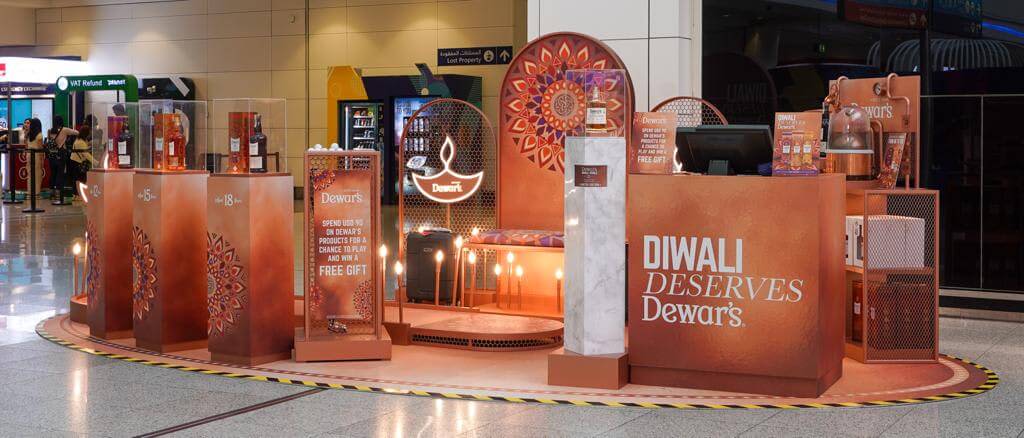November 22, 2023
The spirited rise of India's liquor market offers near-unlimited opportunities in TR

Fueled by a curious younger generation and burgeoning middle class, India's alcohol sales are booming
India's alcohol market has evolved into a promising arena for spirits brands, fueled by a dynamic growth in consumption, favorable demographics and an increasingly affluent population. However, the market's complexity and regulatory nuances demand detailed local knowledge, especially for those eyeing the duty free and travel retail sector.
Market growth and trends
India’s alcohol market is anticipated to reach US$65,824.7 by the end of 2027. In 2022, India witnessed a surge in liquor volumes consumed, with spirits consumption increasing +12%, beer +38%, RTDs (Ready-to-Drink) +40% and wine +19%.

Spirits consumption is up +12%, with the traditional G&T still topping the list in India
This post-pandemic recovery indicates a robust market outpacing global single-digit growth. According to IWSR, we can expect continued growth, with spirits expected to rise at a CAGR of +4% between 2022 and 2027, outstripping global trends.
Promising demographics
India's young and growing population is a key driver — the country’s median age is around 28 years, with a population now surpassing that of China. By 2050, India’s working-age population is estimated to exceed 1 billion. The burgeoning middle class, with an estimated addition of 283 million by 2031, signifies an expanding consumer base with evolving tastes and preferences. Annually, 15 to 20 million individuals in the country reach the legal drinking age — which varies from region to region, complicating matters, especially marketing.

Younger consumers in India exhibit a greater interest in alcohol, diverging from older generations.
Indian consumers are increasingly aspirational, transitioning toward premium brands. Local products, especially Indian whiskies and gins, are gaining traction in the premium segment.
Challenges and opportunities
India's fragmented market landscape, characterized by high import and excise tariffs, poses significant challenges. State-by-state regulations, logistical complexities, local-specific issues such as labeling and retail pricing strategies and even drinking age are hurdles for new entrants.
The duty free and travel retail sector in India presents unique opportunities amidst these challenges. However, the fragmented nature of the market means that brands are wise to adopt a selective and gradual expansion strategy, starting with one region and working with a partner who knows that region well.

Bacardi Global Travel Retail launched a “Diwali Deserves Dewar’s” campaign with increased investment in bigger, bolder and more disruptive engagement campaigns at key locations such as Dubai, Delhi, Mumbai, Bangalore and further afield
Market outlook
Looking ahead, the Indian market shows promising signs for beverage alcohol brands, especially in duty free and travel retail. Key strategies include focusing on aspirational and premium products, leveraging the demographic shift toward younger consumers and navigating the regulatory landscape with informed local partnerships. Expansion into e-commerce, though complicated by age verification and logistical challenges, is also an avenue worth exploring, given India's widespread mobile technology usage.
India's alcohol market is a landscape of contrasts – burgeoning with potential yet fraught with challenges. For brands willing to navigate its complexities with strategic, localized approaches, especially in the duty free and travel retail sectors, the rewards can be substantial.




